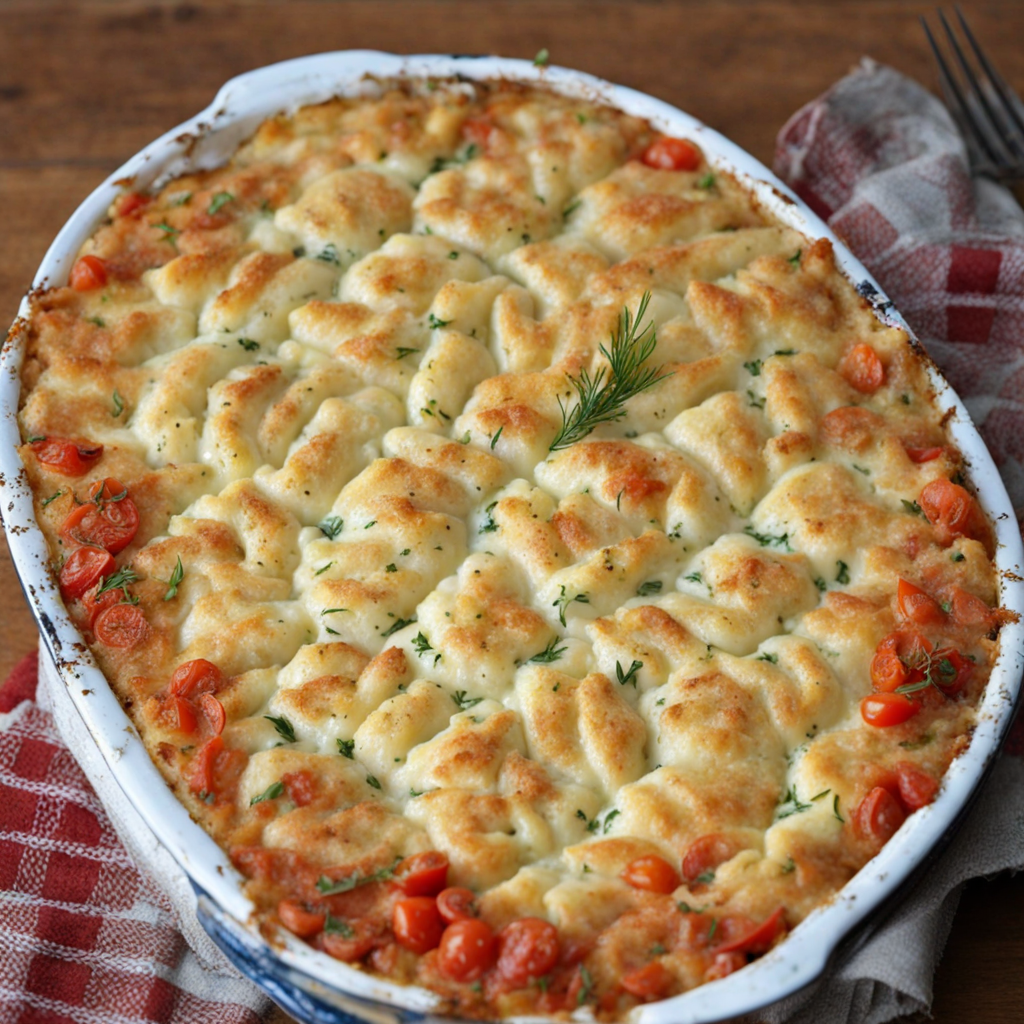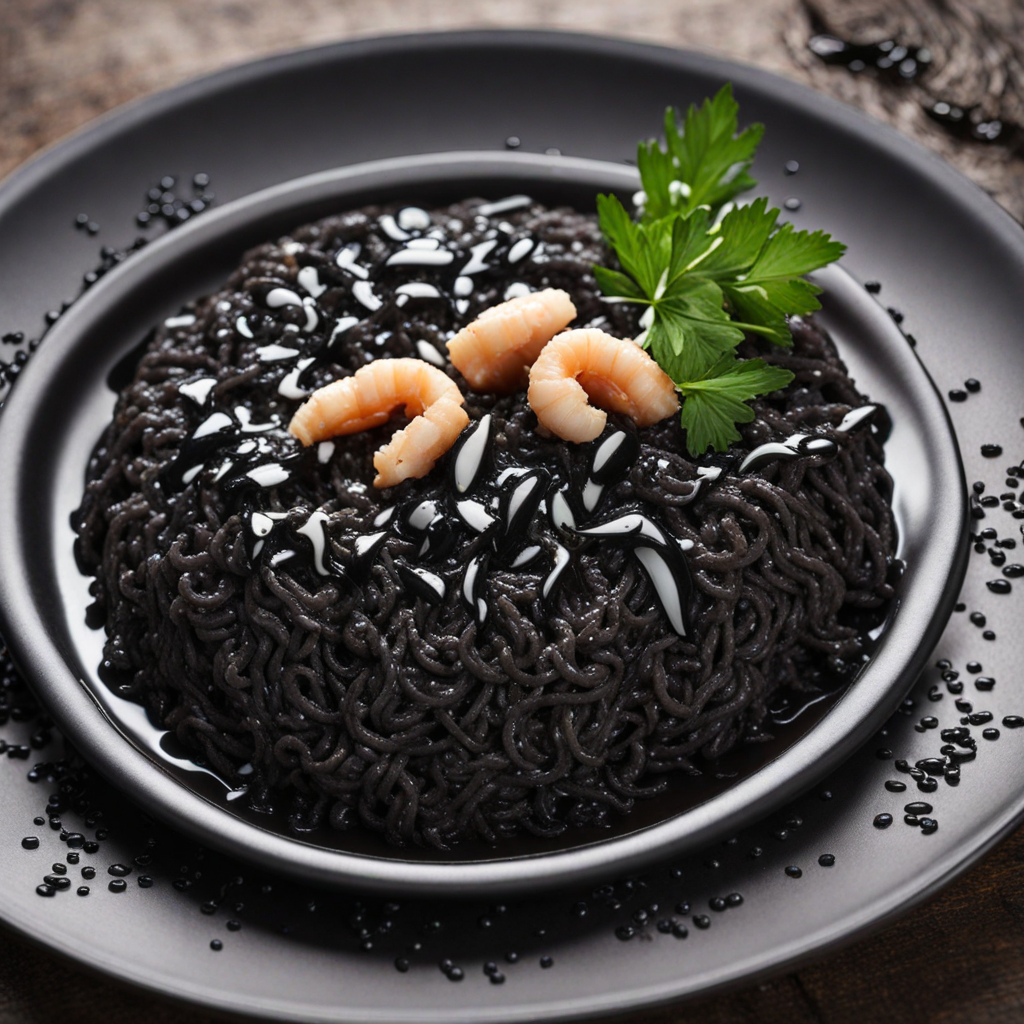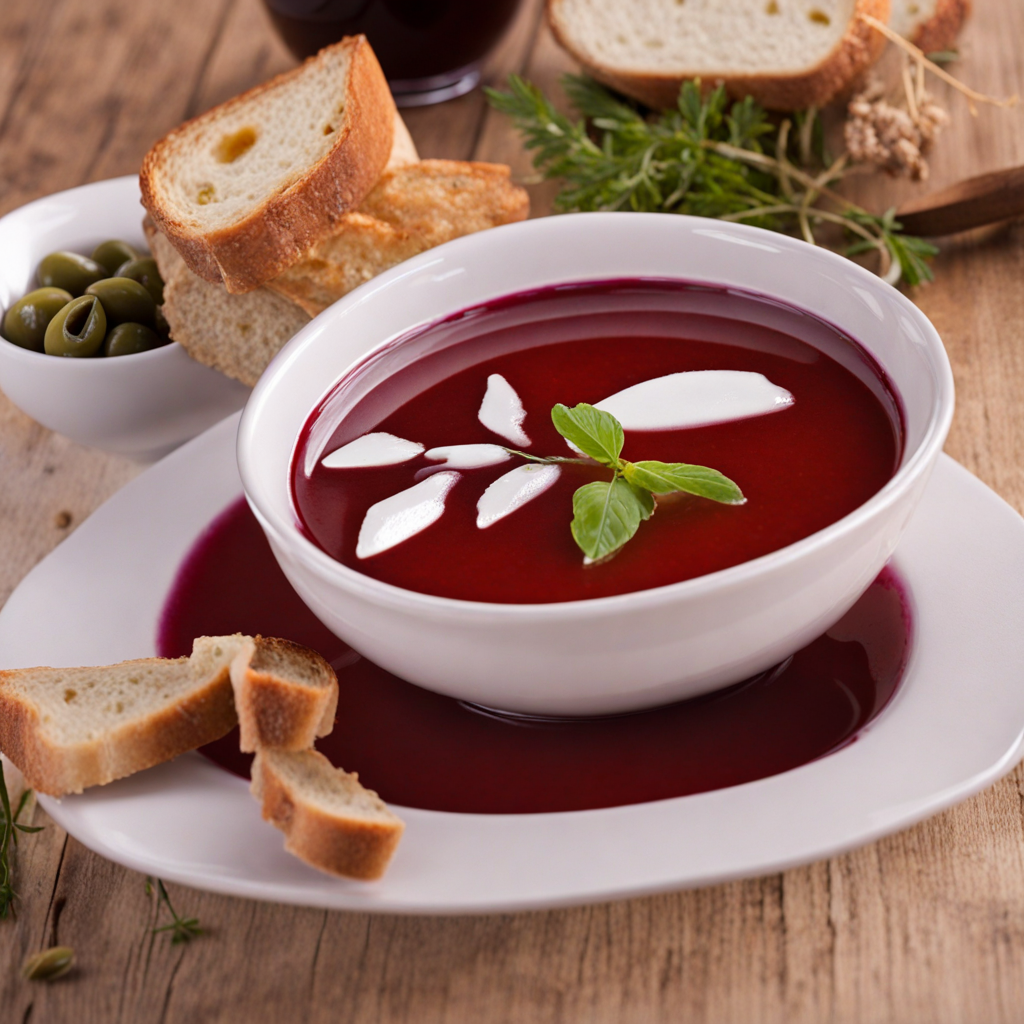Komiska Pogaca
Komiska Pogaca is a delightful Croatian dish that embodies the rich culinary heritage of the region. This savory pastry is characterized by its flaky, golden crust that wraps around a flavorful filling, typically made with cheese, spinach, or other local ingredients. The dough is crafted with care, often enriched with yogurt or sour cream, which contributes to its tender texture and slightly tangy flavor. Each bite of Komiska Pogaca offers a satisfying crunch followed by a burst of savory goodness that is both comforting and indulgent. What sets Komiska Pogaca apart is its versatility; while the cheese and spinach combination is a classic, variations abound, with options such as mushrooms, herbs, or even meats making their way into the filling. The use of regional cheeses, like the famous Pag cheese, adds a distinctive taste that speaks to the local terroir. Often enjoyed warm, this pastry can be served as an appetizer, a snack, or even as a light meal, making it a beloved choice for locals and visitors alike. The experience of savoring Komiska Pogaca is not just about the flavors, but also about the tradition it represents. Typically enjoyed during gatherings or festivals, this dish brings people together, encapsulating the spirit of Croatian hospitality. Pair it with a glass of local wine or a refreshing beverage, and you have a dish that not only tantalizes the taste buds but also invites you to immerse yourself in the culture and warmth of Croatia.
How It Became This Dish
Komiška Pogača: A Culinary Treasure of Croatia Nestled along the picturesque Dalmatian coast, the island of Vis boasts a rich tapestry of history, culture, and culinary heritage. Among its most cherished gastronomic offerings is the Komiška pogača, a traditional bread that encapsulates the essence of the island’s identity. This delectable dish reflects not only the flavors and ingredients of the region but also the history and resilience of its people. Origins The origins of Komiška pogača can be traced back to the quaint fishing village of Komiža, located on the western side of the island. Historically, the village was a hub for fishermen and their families, often relying on the bounty of the sea and the fertile land for sustenance. The island's unique geography—characterized by rocky cliffs, lush hills, and a mild Mediterranean climate—provided an abundant supply of ingredients essential for the pogača. Komiška pogača is a type of flatbread traditionally made with simple ingredients: flour, water, salt, and olive oil. Its basic formulation reflects the islanders' resourcefulness, utilizing what was readily available. The bread was often baked in wood-fired ovens, imparting a characteristic smokiness and texture that is hard to replicate today. Cultural Significance The significance of Komiška pogača extends beyond mere sustenance; it is a symbol of community and tradition. Historically, pogača was not just food; it was a central part of local festivities and gatherings. It was often prepared for special occasions, such as weddings, religious celebrations, and communal feasts, serving as a testament to the islanders' culinary heritage. In Komiža, the preparation of pogača is often a communal affair, bringing families and neighbors together. The process of making pogača can be seen as a ritual, where stories are shared, laughter fills the air, and bonds are strengthened. This communal aspect is integral to the cultural identity of the islanders, reinforcing the idea that food is not merely about nourishment but also about connection and tradition. Ingredients and Variations While the basic recipe for Komiška pogača remains consistent, regional variations have emerged over time, influenced by local customs and available ingredients. One of the most notable variations includes the addition of seasonal vegetables such as tomatoes, onions, or potatoes, which enhance the flavor and nutritional value of the bread. Another popular variation is the inclusion of local cheeses or herbs, such as rosemary or sage, which adds layers of flavor and a distinct aroma. The use of fresh, high-quality ingredients underscores the importance of local agriculture and fishing, reinforcing the connection between the land and the sea. Historical Development As with many traditional foods, the history of Komiška pogača reflects the broader socio-political changes that have shaped the region. The island of Vis has a storied past, having been influenced by various civilizations including the Greeks, Romans, and Venetians. Each of these cultures left an indelible mark on the island’s culinary landscape. During the Austro-Hungarian Empire, which ruled over Dalmatia in the 19th century, there was a renewed interest in local traditions, leading to a revival of traditional recipes, including Komiška pogača. This period saw the establishment of local bakeries, where residents could purchase fresh pogača, further embedding it into the daily life of the community. The 20th century brought challenges, particularly during the Yugoslav Wars in the 1990s, when the island faced isolation and economic hardship. Despite these adversities, the people of Vis remained resilient, holding onto their culinary traditions as a means of preserving their identity. Komiška pogača became a symbol of endurance, a way to connect with the past and maintain a sense of belonging. Modern Day and Global Recognition In recent years, there has been a resurgence of interest in traditional foods, both in Croatia and internationally. The rise of culinary tourism has put Komiška pogača in the spotlight, attracting food enthusiasts eager to experience authentic local cuisine. Local chefs are redefining the dish, experimenting with modern techniques while honoring its traditional roots. This blending of old and new has led to an increased appreciation for Komiška pogača, not only as a food item but also as a cultural artifact that tells the story of the island’s history and its people. Culinary festivals and events celebrating local cuisine have further elevated the status of Komiška pogača. These gatherings provide a platform for chefs, home cooks, and food artisans to showcase their skills and share their knowledge of traditional recipes with a broader audience. The bread has become a symbol of local pride, a way for the people of Vis to share their heritage with visitors and foster a sense of community. Conclusion Komiška pogača is more than just a traditional bread; it is a reflection of the island of Vis itself—its history, culture, and the indomitable spirit of its people. From its humble origins as a staple food for fishermen to its modern-day status as a culinary treasure, Komiška pogača embodies the resilience and creativity of the island’s inhabitants. As it continues to evolve, the pogača remains a beloved symbol of community and tradition, reminding us of the importance of food in connecting us to our past and to one another. For those who have the pleasure of tasting this delightful bread, it offers not just a flavor of the Dalmatian coast, but a glimpse into the heart and soul of Croatia.
You may like
Discover local flavors from Croatia







